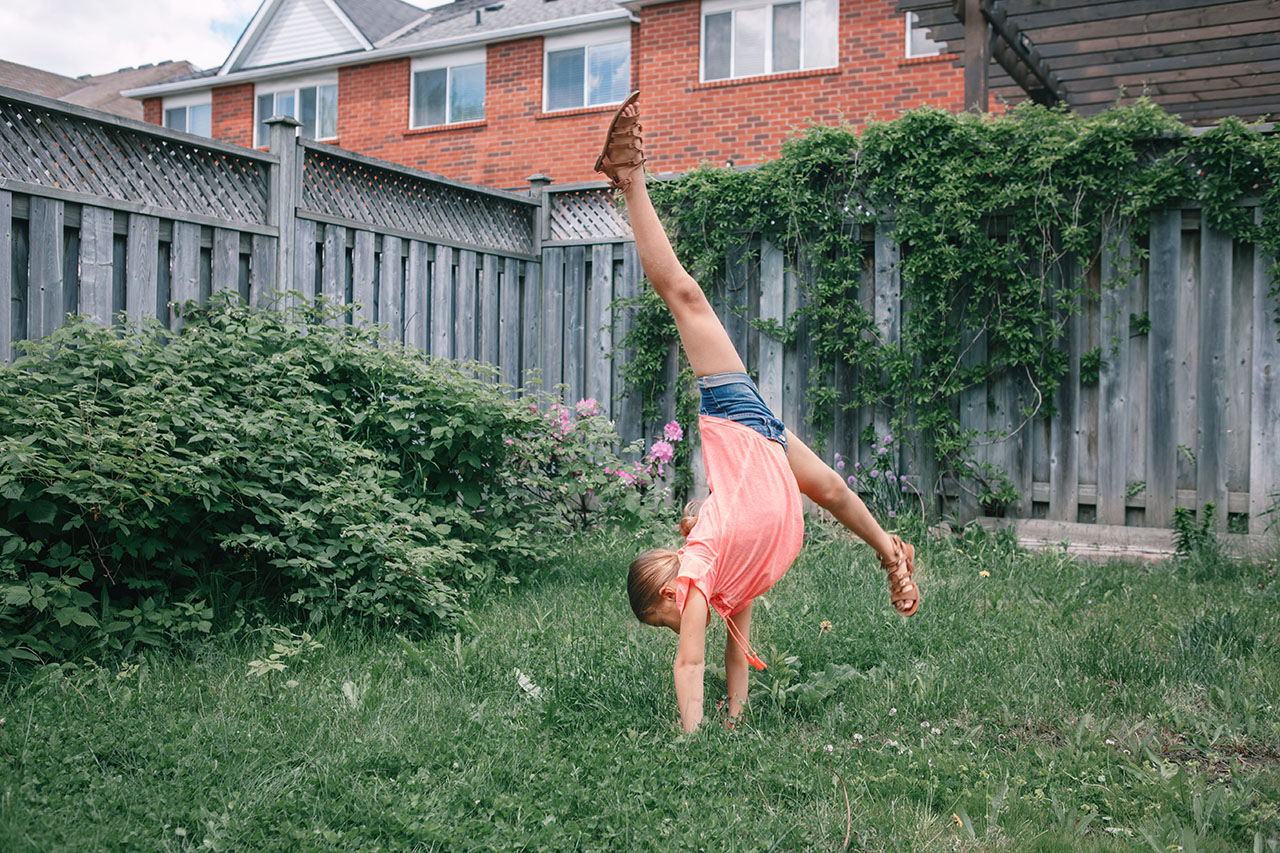The first gymnastics class represents a significant milestone. Because of this, parents often experience a mix of excitement and uncertainty. Will their child enjoy it? What happens if they lack natural coordination? These questions are completely normal, and thankfully, the answer is reassuringly simple: preparation makes all the difference.
The Real Benefits of Gymnastics
Most people understand gymnastics builds strength and flexibility. The surprise comes from everything else it develops.
Gymnastics skills work on multiple levels simultaneously. Children develop comprehensive physical abilities—strength, coordination, and balance—while their cardiovascular systems get stronger. But pediatric studies reveal something unexpected: gymnastics participation correlates with improved academic performance.
The cognitive demands are significant. For example, tumbling requires intense focus. Children must mentally sequence complex movements while their bodies execute them. This dual processing strengthens concentration abilities that directly transfer to homework and classroom attention.
Additionally, social development happens naturally through gymnastics. Children learn to celebrate teammates’ achievements, handle their setbacks gracefully, and work toward shared goals. Confidence builds incrementally through small victories—first a successful cartwheel, then an improved balance beam walk, and then a mastered handstand.
Finally, the foundation gymnastics provides for other sports is well-documented among athletic trainers. Body awareness, spatial orientation, and controlled movement patterns transfer to virtually every athletic endeavor.
What to Wear for the First Gymnastics Class
Deciding what your child should wear for their first gymnastics class doesn’t have to be stressful. Most parents overthink this aspect, but remember, comfort and safety matter more than perfection.
Ultimately, leotards work best for girls and fitted athletic wear for boys. But for children just starting out, you have other options.
Girls can start with snug-fitting t-shirts with shorts or leggings, while boys need fitted shirts
(tuckable) with athletic shorts. Regardless of what they wear, the main goal is to avoid loose fabric that interferes with safe spotting or catches on equipment.
All jewelry should be removed, and long hair should be securely tied back. Everyone will go barefoot for the classes.
Things You Need for Gymnastics
Of the things you need for gymnastics, you should focus on the essentials for your child’s first gymnastics class. What should be at the top of your list? Water bottles. Hydration during classes is non-negotiable. Choose leak-proof bottles and label everything with names.
Longer sessions might require snacks. Protein-rich options work well—cheese sticks, hummus with vegetables, and Greek yogurt. Avoid anything heavy that might cause discomfort during physical activity.
Finally, extra hair elastics can prevent mid-class disasters, and hand wipes address hygiene concerns from touching multiple surfaces.
What to Expect at Your First Gymnastics Class
New students often feel overwhelmed initially, but don’t worry, this reaction is completely normal. Thankfully, classes follow predictable patterns, which can help anxious children.
Warm-ups start every session—light cardio followed by stretching. For beginner programs, floor exercises will be the primary focus. These exercises build tumbling skills like forward rolls and cartwheels.
Later on, station rotations define most classes. Children spend several minutes at each apparatus or activity area. Foam pits and trampolines usually rate as favorites, encouraging balance and spatial awareness through play.
In short, our coaches focus on improving your child’s skill set by breaking skills down into small, manageable steps while maintaining constant supervision and striving to create an enjoyable atmosphere.
How to Prepare Your Child for Gymnastics
Your role as a parent matters significantly. You should be supportive without being pushy, work cooperatively with coaches, and maintain perspective. Your goal is to ensure gymnastics stays fun for your child rather than becoming overwhelming. Preparing your child comes down to three different aspects:
- Physical preparation starts weeks before the first class. The CDC recommends that children engage in at least 60 minutes of daily physical activity to build baseline fitness. Even if your child is not physically active, you can still sign up for a free trial class. We can help get your child started on their fitness journey! You shouldn’t forget proper nutrition and adequate sleep either, as they create foundations for safe participation.
- Mental preparation requires more nuance. Parents should establish realistic expectations. Gymnastics skills develop slowly. Visualization techniques help—encourage children to picture themselves succeeding. Positive self-talk phrases like “I am capable” and “I can learn new things” build internal confidence.
- Emotional preparation involves honest conversations about gymnastics realities. Fear and setbacks happen to everyone. Focus on effort rather than immediate results. Praise improvement and persistence regardless of specific achievements.
Starting at All American Gymnastics
Your child’s first gymnastics class starts an investment into their comprehensive development. Improvement of physical strength, mental resilience, and social skills are all benefits of gymnastics.
Every child progresses differently, so it’s important to discuss with your child what they can expect at their first gymnastics class and set realistic expectations. Remember, the primary goal is fostering lifelong appreciation for movement and physical activity, not perfection.
Utah Valley families choose All American Gymnastics for their children’s athletic development because of our proven results and community commitment—more than 50 athletes have earned collegiate scholarships through programs developed here. Book your free trial class to experience our gymnastics program and invest in your child’s future.


